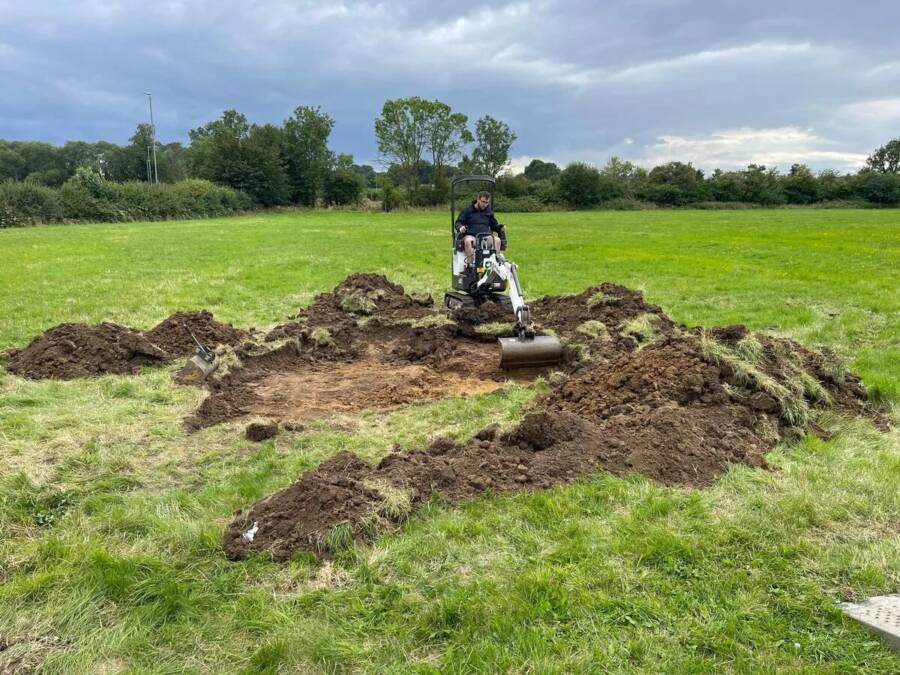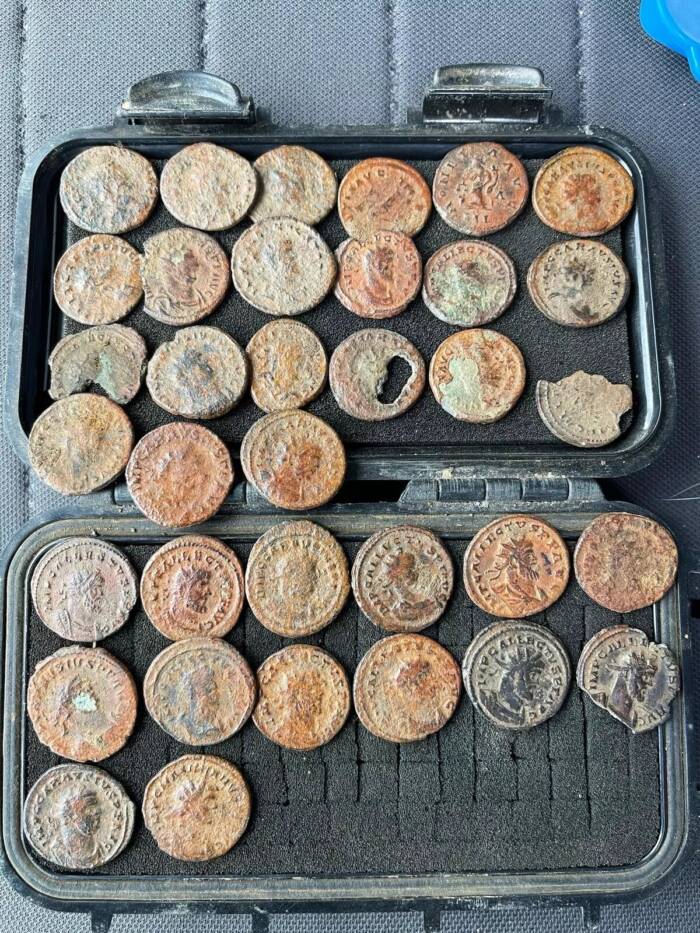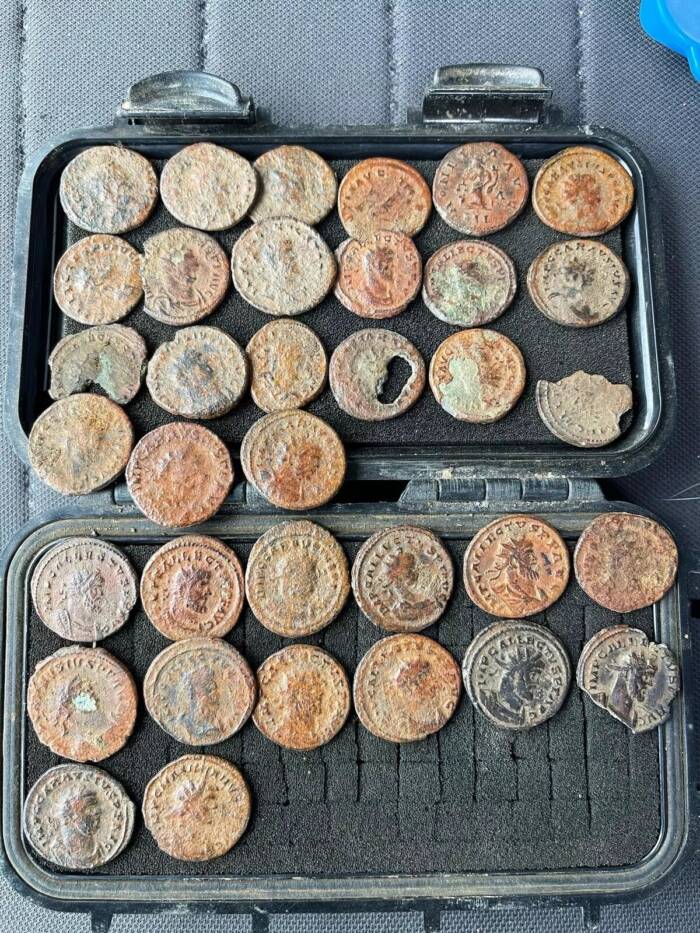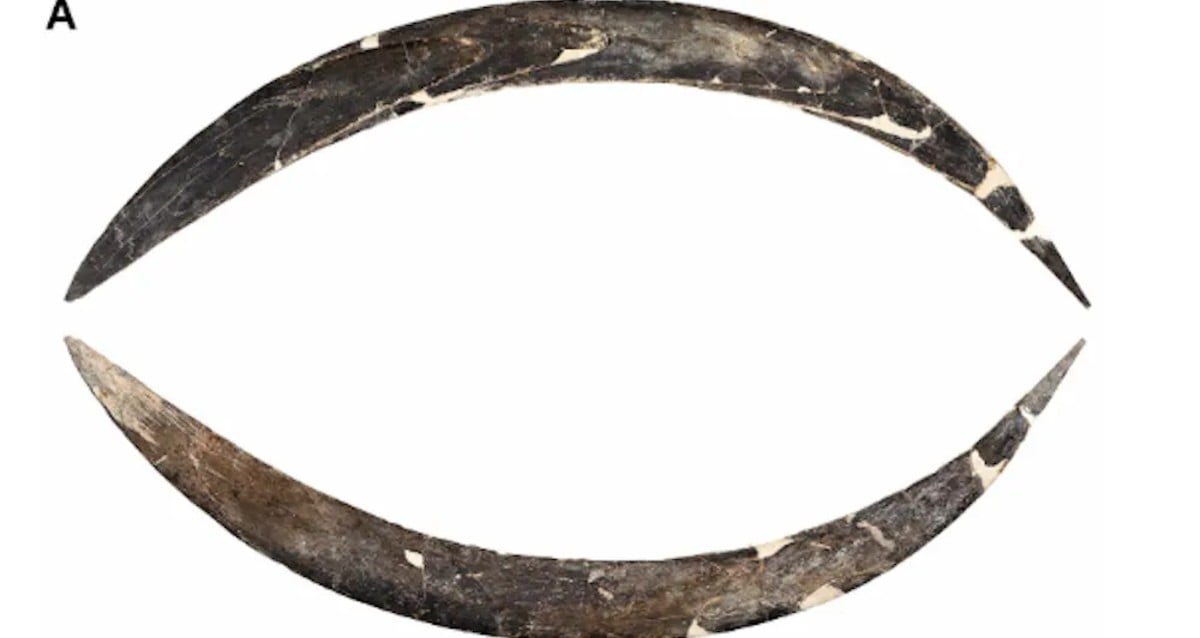“Ancient Fortune Unearthed: Metal Detectorist Stumbles Upon Hidden Treasure of 1,800-Year-Old Roman Coins in English Field!”
Dunn was scanning the field when a faint signal led him to uncover two Roman coins. With the landowner’s permission, he then expanded his search, digging up a 43-square-foot area and unearthing dozens more.
“Something told me to go to that field. I wasn’t expecting much, but then it just snowballed from there,” Dunn told Leicestershire Live. “Many of the coins are in remarkable condition, with perfect portraits.”

Leicestershire LiveThe excavations at the farmer’s field where the coins were found.
After discovering the hoard, Dunn reported the coins to local authorities, who spent over a year examining them. Despite his efforts to donate the collection to museums, none accepted the offer, leading him to put the 50 Roman coins up for auction at Noonans Mayfair on February 18, 2025, in hopes of ensuring that they find a proper home.
The Significance And Value Of The Roman Coins Unearthed By Dunn

Leicestershire LiveA portion of the Roman coin hoard discovered by David Dunn.
The coins were minted during the reigns of several emperors and military commanders who took power in the centuries just before the fall of Rome, including Carausius (286-293 C.E.), Allectus (293-296 C.E.), Diocletian (284-305 C.E.), and Maximian (286-305 C.E.).
Alice Cullen, a coin expert at Noonans Mayfair, explained the significance of the coins to Leicestershire Live:
“The Antoninianus was a coin used during the Roman Empire thought to have been valued at 2 denarii. This hoard dates from the reigns of Carausius who usurped power in 286 after the Carausian Revolt, and declared himself emperor in Britain and northern Gaul; Allectus, who died in 296 and was a Roman-Britannic usurper-emperor from 293 to 296; Diocletian, nicknamed Jovius, who was Roman emperor from 284 until his abdication in 305, and Maximian who reigned from 286 to 305, sharing the title of Augustus with his co-emperor and superior Diocletian.”












